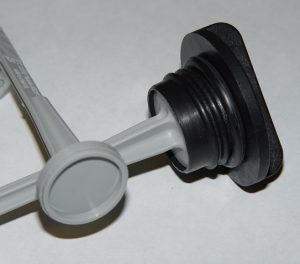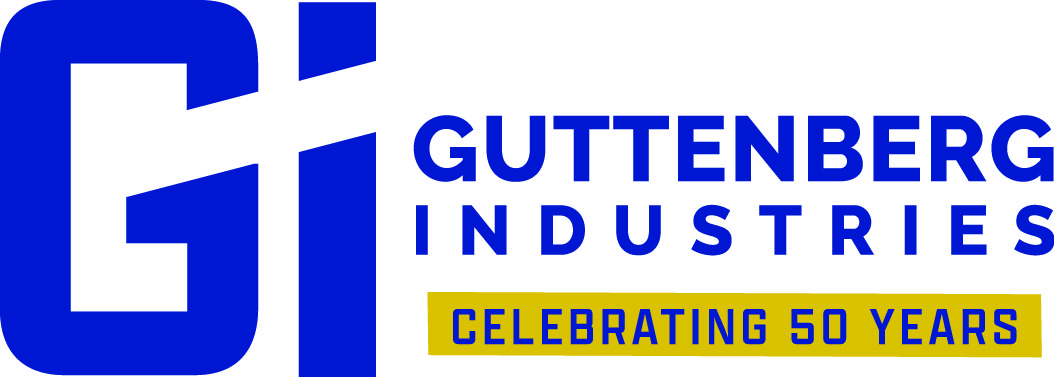Welding Plastic
Spin Weld on Filter Canister - How?

Customer Scenario:
Develop an alternative welding process for a disposable filter canister assembly capable of a leak-free water seal up to 350 psi water pressure. Modify existing tooling from pre-existing design which allowed for an electro-magnetic bonding process performed at the customer's facility to accommodate the new process.
Challenges
- Our customer wished to eliminate the welding process from their factory and relocate it to Guttenberg Industries' facility, a move that would ultimately shift responsibility for managing inventory and third-party outsourcing operations.
- The alternative method of assembly was not defined by the customer. Instead, the customer challenges in an open-ended way to allow for the widest possible range of solutions. Guttenberg Industries was tasked with developing and evaluating alternative options and recommending the best solution.
- Tool modifications would be required no matter what solution was chosen, and the savings would have to justify the expense of the tool modifications.
- If additional equipment was required for the new process, the savings would also have to justify the capital expenditure for equipment.
- Customer requested 100% leak test inspection on each canister. To accommodate this, a bank of leak testers would need to be installed that could keep up with the rate of welding.
Solutions
- The mold for the plastic canister had two cavities. Therefore, to efficiently utilize labor the welding process had to be capable of welding two assemblies during each cycle of the molding machine.
- Guttenberg Industries evaluated ultrasonic welding and spin welding processes for this application and determined that the spin welding was the process most likely to provide the robust seal the customer required.
- Each of the mating parts required minor mold revisions in order to switch from electro-magnetic welding to spin welding. In order to prove the process through experimentation we modified just one of the cavities at a time. Once the process was proven capable, the additional cavities were modified to match the new design.
- During the conversion to spin welding, one of the components that had been required for electromagnetic welding, the "EMI Ring" was eliminated completely, saving the customer money.
- The spin welding process was shown to be capable of welding assemblies at double the speed of the molding machine. Therefore it was capable of keeping up with the molding process.
- The spin weld equipment manufacturer custom-designed a spin welder specifically for this project and worked with Guttenberg Industries to prove the weld joint, nesting fixtures, and welding process through a rigorous series of trials and experimentation.
- Guttenberg Industries established a relationship with the customer's filter media supplier and assumed responsibility for coordinating the sub-contract operation for filters. This reduced the customer's inventory obligations and simplified their purchasing activities.
Outcome
The savings to the customer more than paid for mold modifications, spin weld machinery, and nesting fixtures with a payback period of less than one year. In addition, the reliability and robustness of the weld are much higher with the spin weld process than the former electromagnetic weld. Tens of thousands of these units have been produced that meet or exceed the customer's specifications to date.
Contact us today to learn more.
